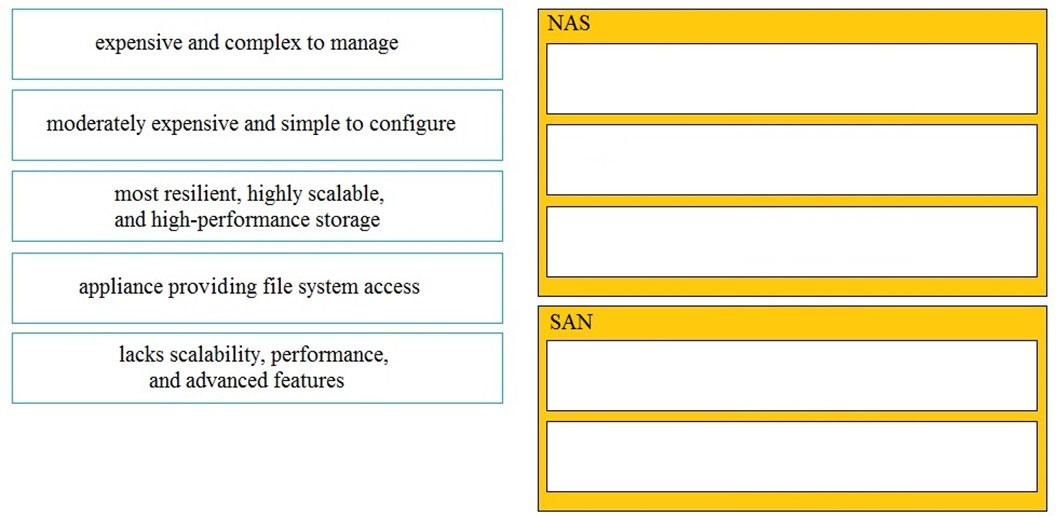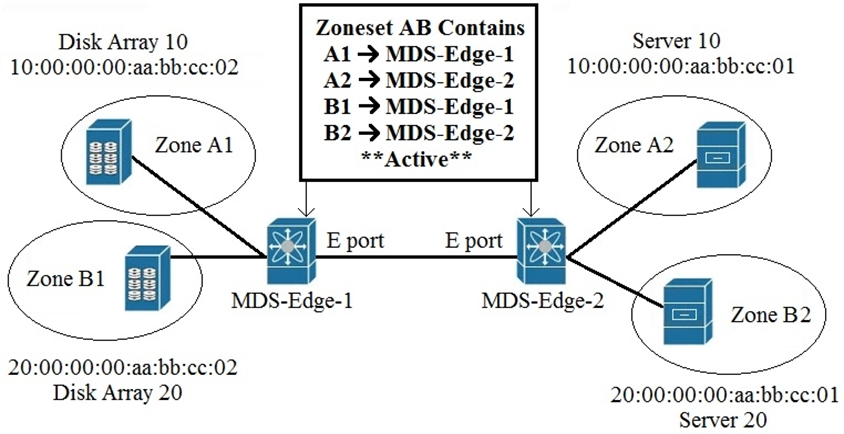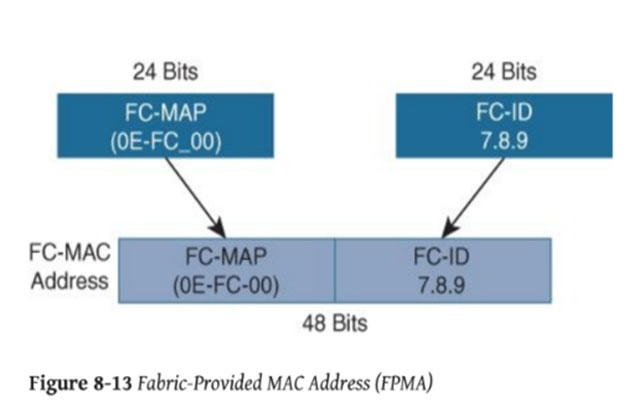Which method must a network engineer use to upgrade the BIOS firmware or a Cisco UCS standalone C-Series rack-mount server?
B
Reference:
https://www.cisco.com/c/en/us/td/docs/unified_computing/ucs/c/sw/lomug/2-0-x/3_0/b_huu_3_0_1/b_huu_2_0_13_chapter_011.html
An engineer must configure the order in which the server attempts to boot from available boot device types using Cisco Integrated Management Controller (Cisco
IMC). The engineer must change the boot order configuration during the setup and apply the new requirements multiple times. The requirement is to change the
Cisco IMC actual boot order so it is different from the configured boot order. Which setting accomplishes this goal?
B
Reference:
https://www.cisco.com/en/US/docs/unified_computing/ucs/c/sw/gui/config/guide/1.5/b_Cisco_UCS_C- series_GUI_Configuration_Guide.151_chapter_011.html#d66929e662a1635
In an FCoE environment, for which two sets of data must an interface that implements the PAUSE mechanism always provision sufficient ingress buffer? (Choose two.)
BD
In case of congestion, the long distance ingress ports sends a pause frame to its peer to pause all data transmission on the link for a specified period of time in order to absorb the in-flight packets.
When a pause frame is generated from a switch, it takes time to reach the peer switch. Until the packet reaches to peers all the in-flight packets need to be buffered and should not be dropped.
Reference:
https://www.cisco.com/c/en/us/td/docs/switches/datacenter/mds9000/sw/6_2/configuration/guides/qos/nx-os/qos_bk/qos_pfc.pdf
What are two types of FC/FCoE oversubscription ratios? (Choose two.)
DE
Reference:
https://community.cisco.com/kxiwq67737/attachments/kxiwq67737/4436-docs-data-center/627/1/99126-Large%20SAN%20Design%20Best%
20Practices%20using%20MDS%209710.pdf
DRAG DROP -
Drag and drop the characteristics from the left onto the correct storage systems on the right.
Select and Place:

Refer to the exhibit.
An engineer is implementing zoning on two Cisco MDS switches. After the implementation is finished, E Ports that connect the two Cisco MDS switches become isolated.
What is wrong with the implementation?
C
A E port will segment with (isolation due to zone merge failure) if the following are true.
ג€¢ If the active zoneset is different on the two switches.
ג€¢ If the active zoneset on both switches contain a zone with the same name but with different zone members
Reference:
https://www.cisco.com/en/US/docs/storage/san_switches/mds9000/sw/rel_1_x/1_0_3a/troubleshooting/guide/tsht03.html#wp7324
An engineer is implementing FCoE.
Which aspect of DCBXP on a Cisco Nexus switch affects this implementation?
A
The Data Center Bridging Exchange Protocol (DCBXP) is an extension of LLDP. It is used to announce, exchange, and negotiate node parameters between peers. DCBXP parameters are packaged into a specific DCBXP TLV. This TLV is designed to provide an acknowledgement to the received LLDP packet.
DCBXP is enabled by default, provided LLDP is enabled. DCBXP is disabled on ports where LLDP transmit or receive is disabled.
Reference:
https://www.cisco.com/c/en/us/td/docs/switches/datacenter/nexus5000/sw/layer2/503_n2_1/b_Cisco_n5k_layer2_config_gd_rel_503_N2_1/ b_Cisco_n5k_layer2_config_gd_rel_503_N2_1_chapter_01110.html
Which product includes prebuilt templates that are available to be used to customize fabric deployments?
B
Reference:
https://www.cisco.com/c/en/us/td/docs/switches/datacenter/sw/11_2_1/config_guide/lanfabric/b_dcnm_fabric_lan/template_usage.html#concept_hyt_jnp_h3b
Which statement describes the MAC address that the FCoE Initialization Protocol chooses for use by an E-Node in an FCoE implementation?
A
FCoE uses a Fabric Provided MAC Address (FPMA) for SAN traffic. The ENode still gets a
24-bit FCID. FPMA is built by concatenating a 24-bit FCoE MAC address prefix (FC-MAP), ranging from 0x0E-FC-00 to 0x0E-FC-FF, to the 24-bit FCID, as shown in Figure 8-13.
Being able to build a unique MAC address for the ENode directly from its FCID saves the switch from having to maintain a table that associates FCID and MAC addresses.
Which statement describes monitoring Fibre Channel traffic on a Cisco UCS 6332 Fabric Interconnect?
B
Reference:
https://www.cisco.com/c/en/us/td/docs/unified_computing/ucs/ucs-manager/GUI-User-Guides/System-Monitoring/3-2/ b_UCSM_GUI_System_Monitoring_Guide_3_2/b_UCSM_GUI_System_Monitoring_Guide_3_2_chapter_01101.pdf